There are many different parts to a clothes dryer, and each one of them plays an important role in making sure your clothes come out of the dryer looking and smelling great. You should know what each part is and what it does so that you can troubleshoot any problems that might occur with your dryer.
The main parts of a clothes dryer are:
- Drum
- Heating element
- Thermostat
- Lint trap
- Vent
- Control panel
- Suspension rods
- Blower
- Cord(Power supply)
- Drum support
- Timer
In this post, I’ll take a look at the different parts of a clothes dryer, what they do and how to troubleshoot common problems with your clothes dryer.
Table of Contents
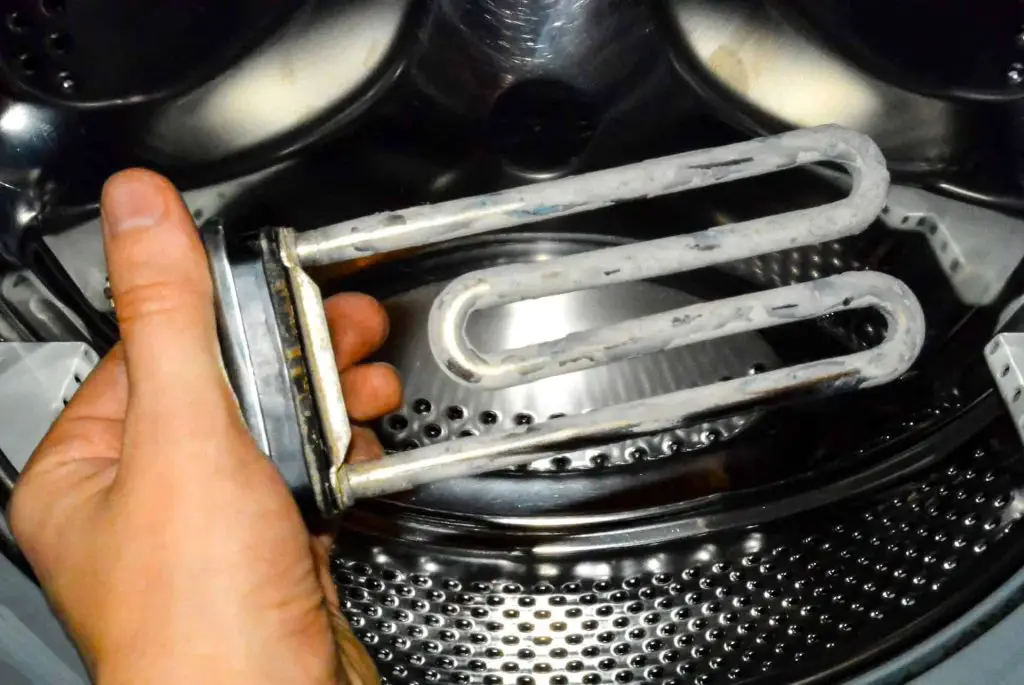
What is a clothes dryer and what does it do?
Dryers are a necessary appliance for any home, whether you have kids or not. They help ensure your clothes stay fresh and clean by drying them out of the dampness left over from washing.
But with an endless number of options in front of you when shopping for a new dryer, it’s hard to know what is best for your needs.
So, what is a clothes dryer and how does it work?
A clothes dryer is an appliance that uses heat to remove moisture from clothing. It works by pulling air from the outside and passing it through a heating element.
The heated air then circulates through the drum of the dryer, where it comes into contact with the wet clothing.
The moisture from the clothing is then drawn into the air and expelled out of the dryer through a vent.
Read also: What is a washing machine gasket?
Parts of a clothes dryer and their functions.
1. Drum: The drum is the part of the dryer where the clothing is placed. It is usually made of stainless steel or another type of rust-resistant material. The drum rotates during the drying cycle to help evenly distribute the heat and prevent clothes from bunching up.
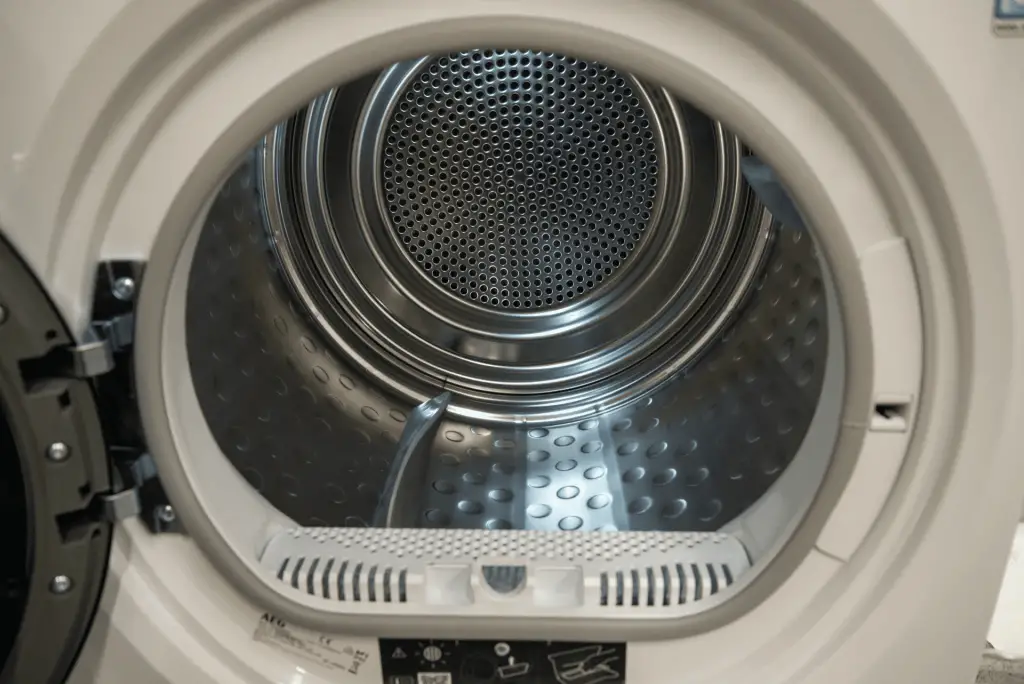
2. Heating element: The heating element is the part of the dryer that generates the heat. It is usually located near the bottom of the dryer and consists of a coil of wire that is heated by electricity.
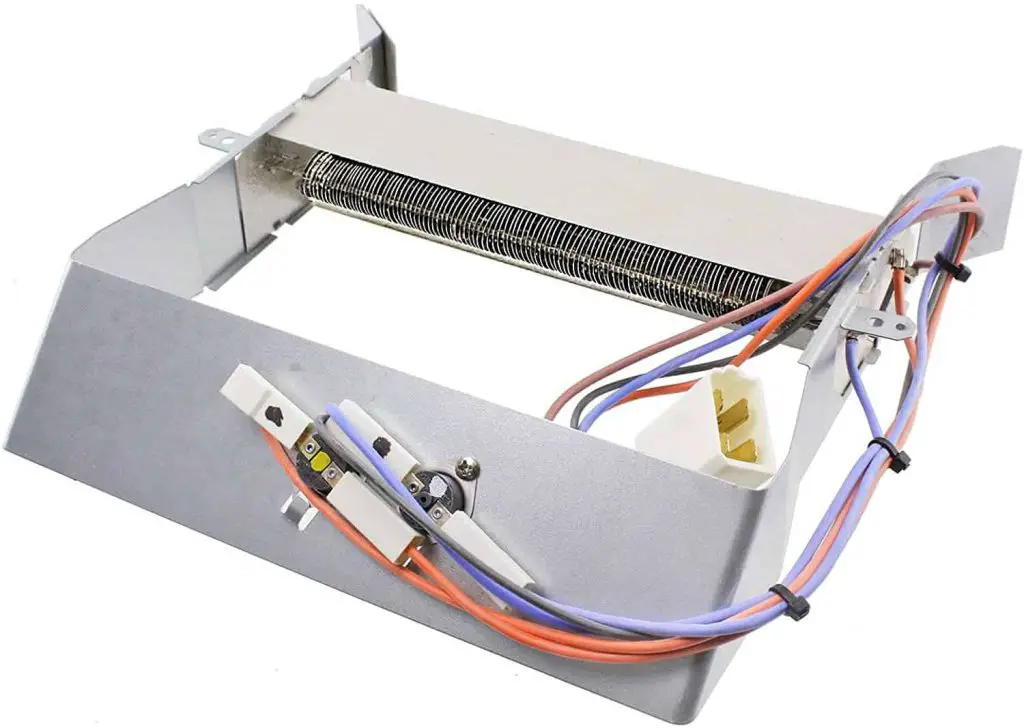
3. Thermostat: The thermostat monitors the temperature of the air in the dryer and adjusts the heating element accordingly.
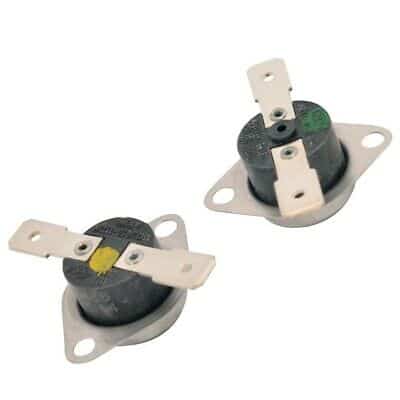
4. Lint trap: The lint trap is a mesh screen located inside the dryer, typically near the door. It catches any lint or other small pieces of debris that may be in the air ducts. It is important to clean the lint trap regularly to prevent a fire hazard.
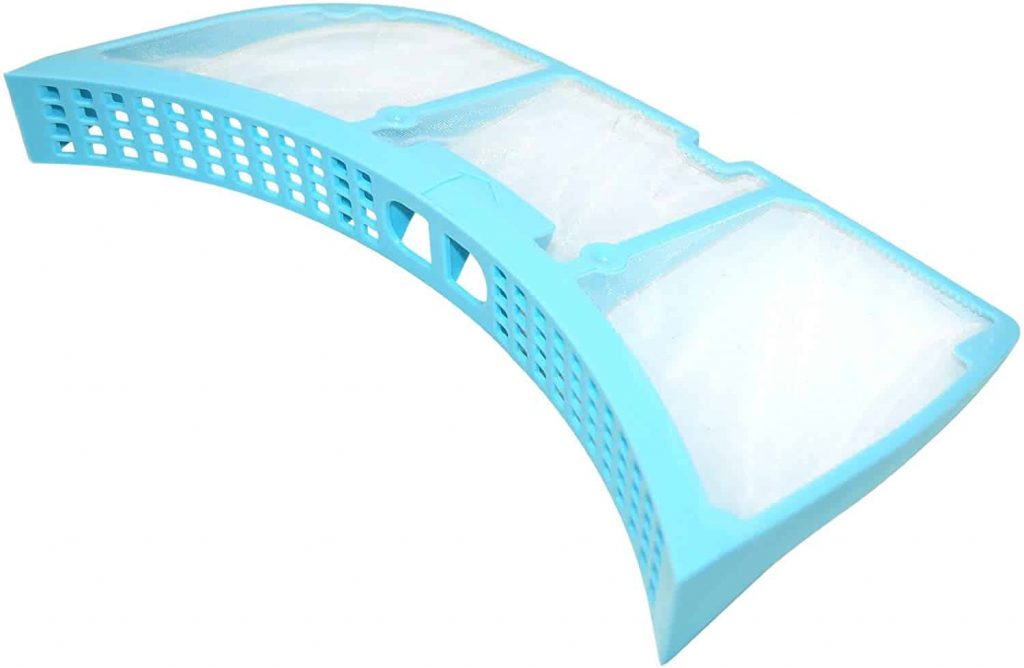
5. Door: The door is how you get your clothes into and out of the dryer. It is usually made of plastic and has a handle or latch to keep it closed during the drying cycle.
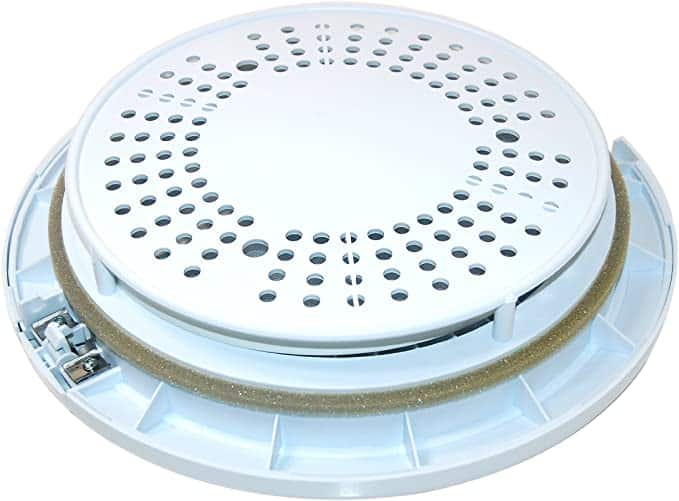
6. Vent: The vent is how the hot air from the dryer is released outside. It is typically located on the back of the dryer and may be either manual or automatic. Automatic vents open when the dryer is in use and close when it is not. Manual vents must be opened and closed manually.
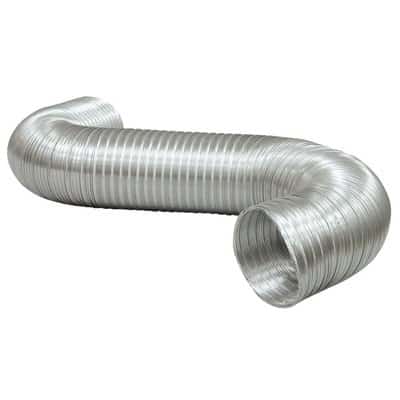
7. Timer: The timer controls how long the drying cycle will run. It is usually located near the control panel on the front of the dryer.
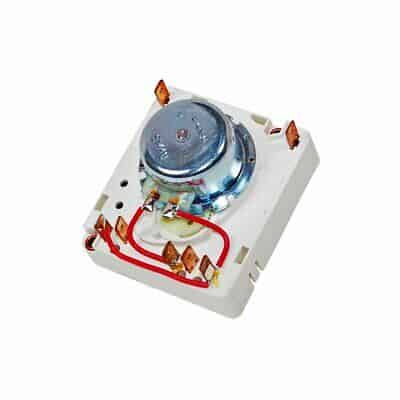
8. Control panel: The control panel is where you select the settings for your drying cycle. It is usually located on the front of the dryer and may include a timer, temperature settings, and a power button.
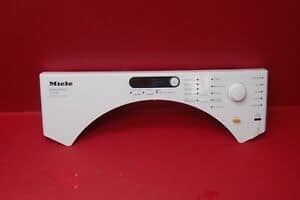
9. Drum support: The drum support helps to hold the drum in place during the drying cycle. It is typically made of metal or plastic and is located near the bottom of the dryer.
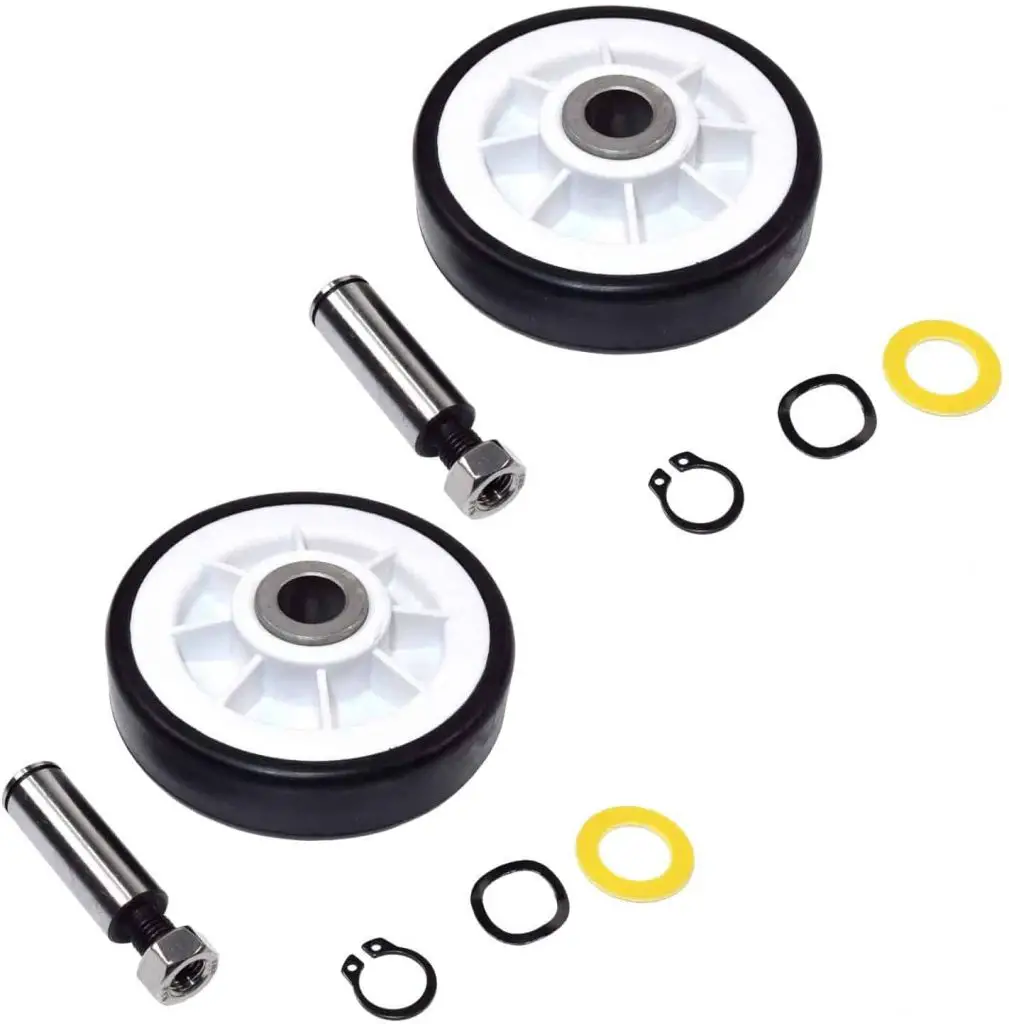
10. Suspension rods: The suspension rods help to support the weight of the drum and prevent it from wobbling. They are usually made of metal or plastic and are located around the perimeter of the drum.
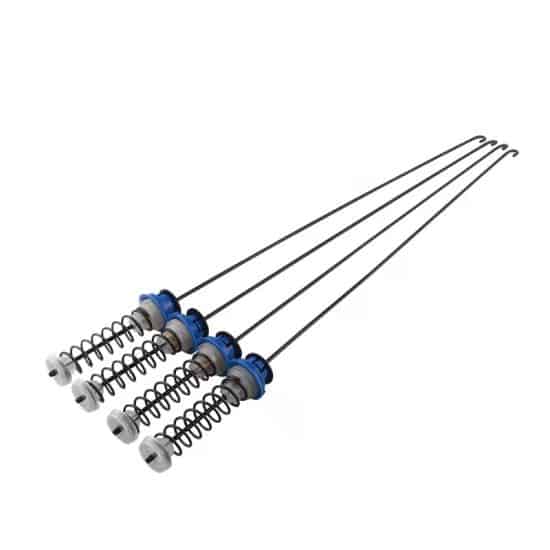
11. Legs: The legs help to keep the dryer stable and level. They are typically made of metal or plastic and are located at the corners of the dryer. Some dryers have adjustable legs to accommodate different heights.
12. Hose: The hose helps to connect the dryer to the vent. It is typically made of metal or plastic and is located on the back of the dryer. The hose should be checked regularly for any cracks or holes.
13. Cord: The cord helps to connect the dryer to the power source. The cord should also be checked regularly for any fraying or damage.
Troubleshooting tips for your clothes dryer.
Now that you know the different parts of a clothes dryer, you can troubleshoot any problems that might occur with your dryer.
If your clothes are not getting dry, the first thing you should check is the lint trap. Make sure it is clean and clear of any obstructions. If the lint trap is clear, then check the air ducts to make sure they are not blocked.
Secondly, check the heating element to see if it is working. If it is not, then replace it. If the heating element is working, then check the thermostat to see if it is set properly.
If your clothes are taking too long to dry, then check the exhaust vent to make sure it is not blocked. Also, make sure the dryer is not overloading the circuit by plugging it into a different outlet.
If your clothes are coming out wrinkled, then check the settings on your dryer. Make sure you are using the correct setting for the type of fabric you are drying.
If your clothes dryer is making too much noise, then first check to see if anything is caught in the drum. If there is nothing caught in the drum, then check to see if the rollers and bearings are worn out. If they are, then replace them.
If you cannot find the problem, then it is best to call a professional for help.
These are just some of the most common problems that can occur with your clothes dryer. By knowing how to troubleshoot these problems, you can save yourself a lot of time and money.
Conclusion
Clothes dryers are an essential part of any laundry room. They make it possible to quickly and easily dry clothes without having to hang them outside or use a drying rack.
Knowing what the different parts of a clothes dryer are and what they do is important, especially if you ever have problems with your dryer.
In this post, I’ve outlined the different parts of a clothes dryer and what their functions are.
Also, I’ve included some troubleshooting tips for common problems that you might encounter with your clothes dryer.
By familiarizing yourself with the different parts of a clothes dryer and how to troubleshoot common problems, you can keep your dryer running smoothly for years to come.
Related articles:

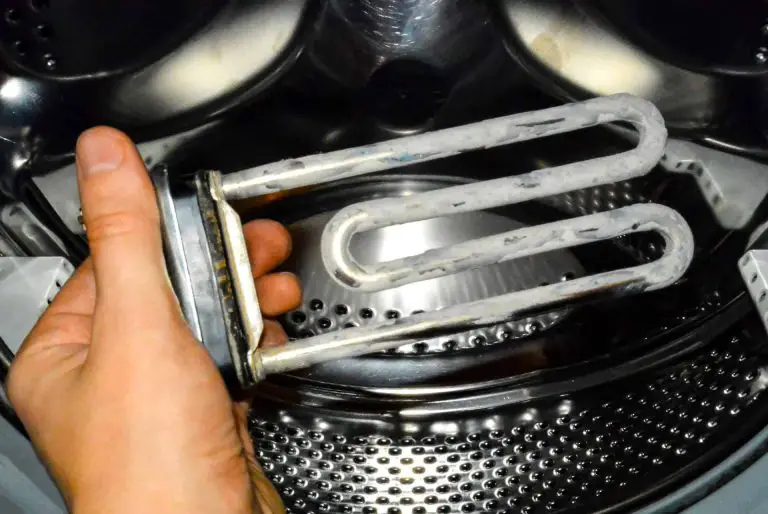
Was very helpful